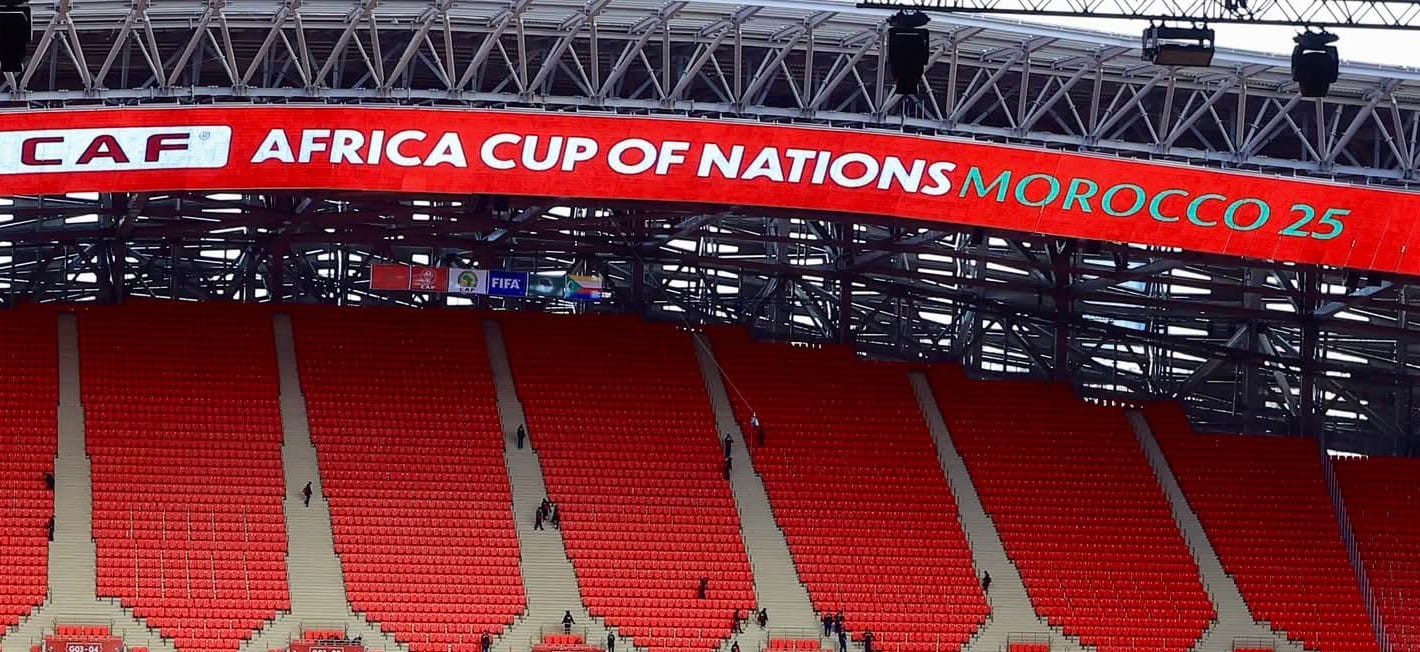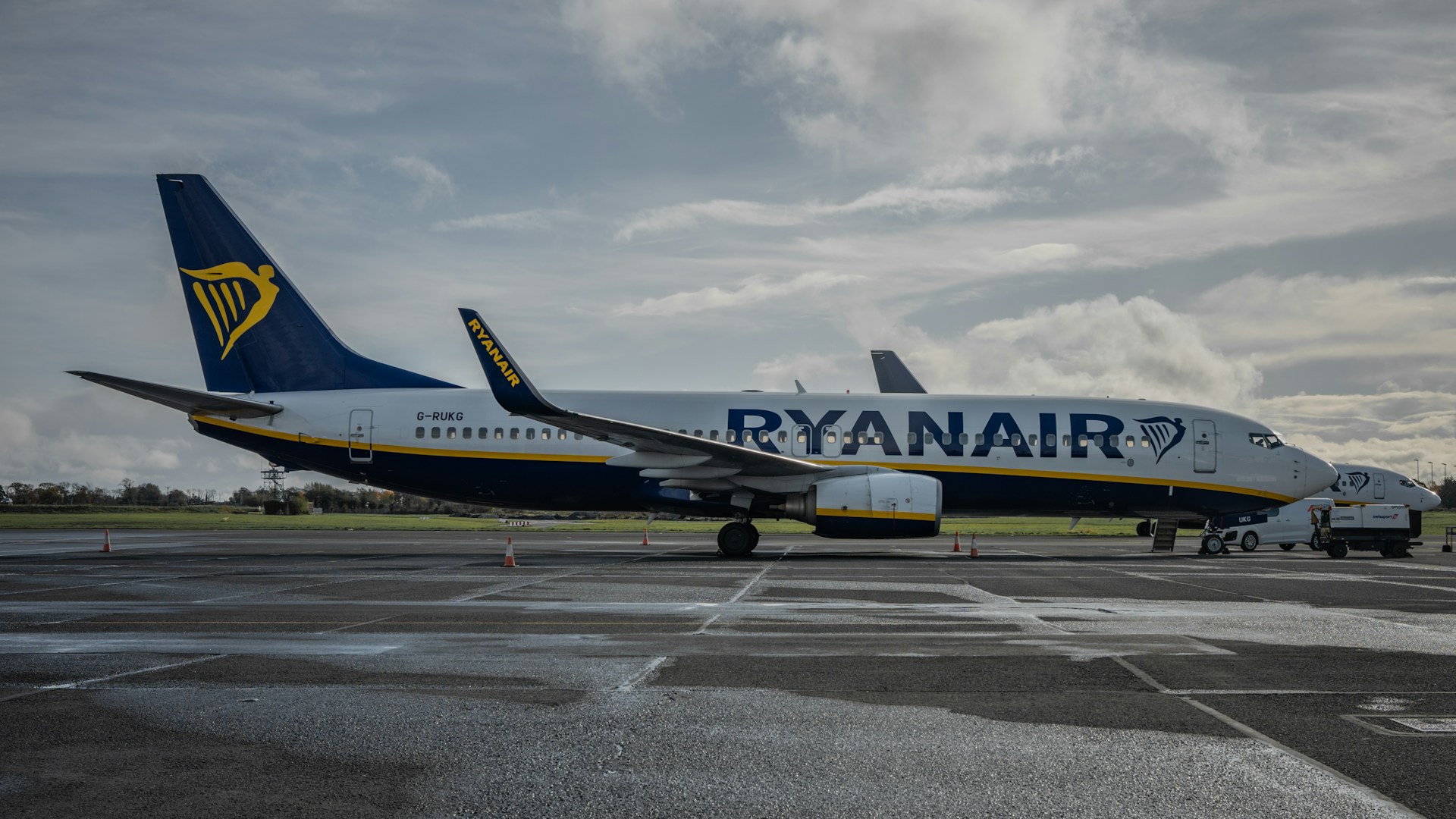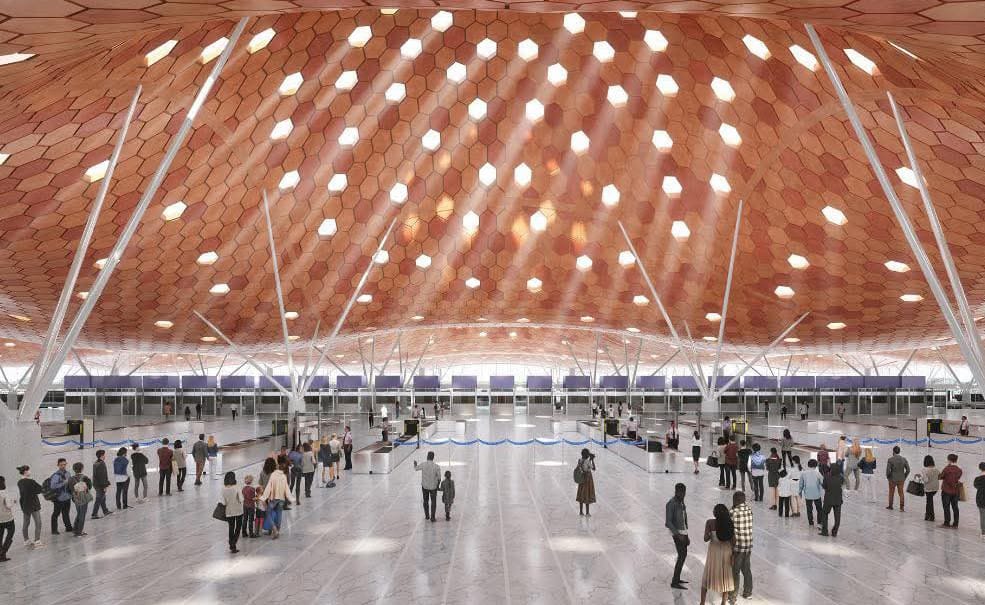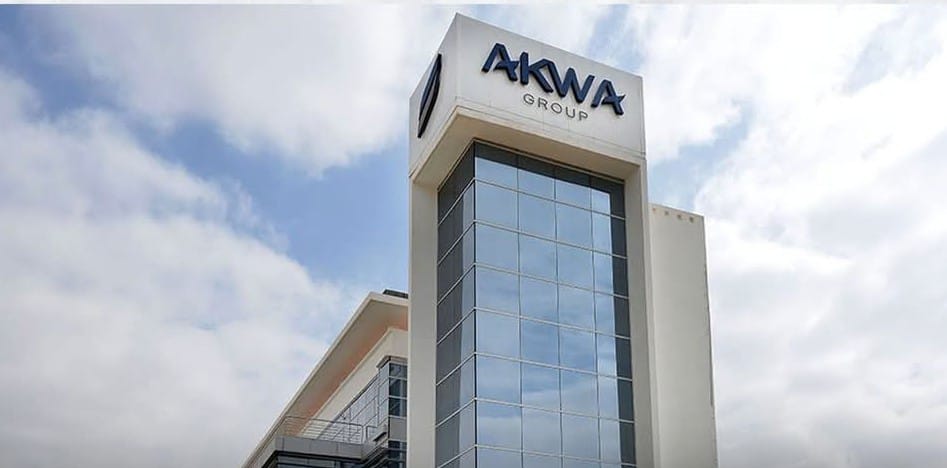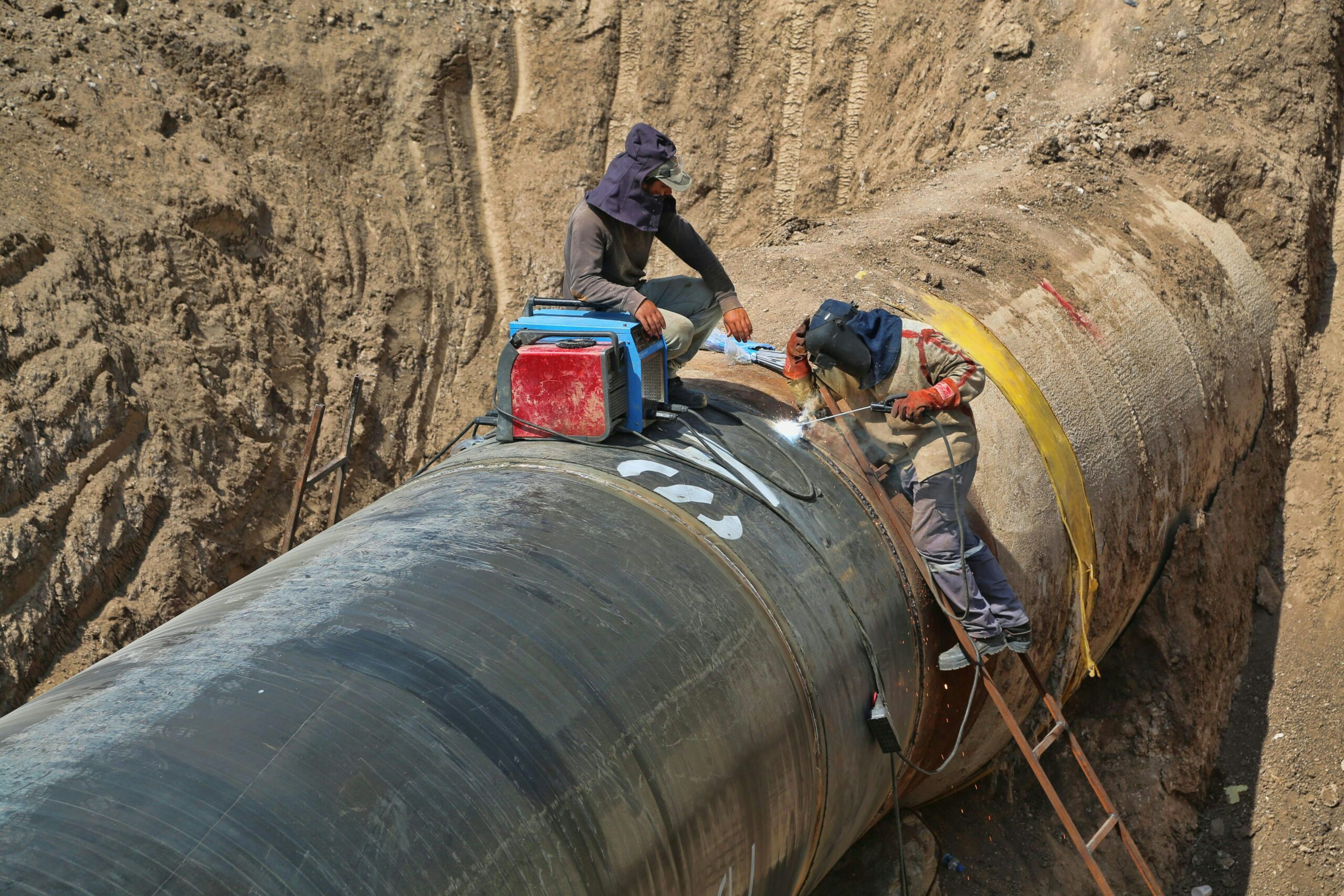Casablanca – Morocco has announced a far-reaching strategy to modernize its airport infrastructure and significantly increase its air transport capacity by the year 2030. The national plan, backed by an investment of approximately $2.9 billion, is part of the country’s broader vision to strengthen its connectivity with international markets, support tourism growth, and prepare for major upcoming global events.
Unveiled by the Minister of Transport and Logistics, Abdessamad Kayouh, during a parliamentary session held on April 21, the initiative falls under the banner of the “Airports 2030” vision. It aims to transform Morocco into a key hub for long-haul air travel and establish Casablanca as a central gateway between Africa, Europe, and the rest of the world.
A new international hub in Casablanca
At the heart of this program is the construction of a new international airport in Casablanca. Designed to complement and expand the existing Mohammed V Airport, the new facility will be equipped to handle long-distance routes and will play a strategic role in connecting Morocco with destinations that require flights exceeding eight hours.
To enhance accessibility, the airport will be integrated into the country’s high-speed rail network. According to Minister Kayouh, the infrastructure will allow travelers to reach Marrakech in approximately 50 minutes and Tangier in around 90 minutes, creating a seamless intermodal travel experience and supporting regional mobility.
This development comes alongside the planned expansion of the national airline’s fleet. Royal Air Maroc is set to double its number of aircraft, increasing from 50 to 100 planes by the end of the decade. This expansion is expected to reinforce the national carrier’s capacity to operate more frequent and longer routes, positioning it to compete in the international aviation market.
Expansion of regional airports
In addition to Casablanca’s new airport, the plan outlines significant upgrades to several regional airports across the country. These include Rabat-Salé, which will see its annual capacity increase to 4 million passengers; Fès, which will expand to accommodate 5 million travelers; and Sania Ramel Airport in Tetouan, which is projected to reach 2 million.
Other facilities throughout the kingdom are also scheduled for development, especially those located in cities selected to host matches during the 2030 FIFA World Cup, which Morocco will co-host alongside Spain and Portugal. Targeted cities include Casablanca, Rabat, Marrakech, Tangier, and Agadir, with neighboring urban centers expected to benefit from the spillover effects of infrastructure investment.
One of the flagship components of this modernization effort is a new terminal at Mohammed V Airport in Casablanca. Built on an area covering 800 hectares, the terminal is planned to have a handling capacity of up to 40 million passengers annually. Procurement processes for this project are reportedly in their final stages.
Enhancing the passenger experience
Beyond physical expansion, the Airports 2030 strategy includes a set of operational reforms aimed at improving the passenger experience. Among the measures announced are the elimination of certain security procedures, such as airport body scanners, and the adoption of digital technologies to streamline transit.
Travelers can expect a significant reduction in processing times, with the goal of reducing the period from disembarkation to airport exit to under 25 minutes. Additional improvements include the implementation of automated e-gates and wider use of biometric passports to accelerate border checks.
Coordinated national effort
The success of the strategy depends on coordination across multiple government and security agencies. Minister Kayouh highlighted the critical roles played by the Ministry of Interior, the General Directorate of National Security (DGSN), the Royal Gendarmerie, Customs Administration, and Civil Protection services. These bodies have worked collaboratively to ensure that both security and efficiency standards are met during the overhaul of airport operations.
Future outlook
With Moroccan airports having already handled over 34 million passengers in 2024, the government anticipates a surge in demand over the next five years. The Airports 2030 roadmap sets an ambitious target of reaching 80 million passengers annually by the end of the decade.
This vision reflects Morocco’s strategic commitment to strengthening its global position in aviation, tourism, and logistics. As the country prepares to welcome millions of visitors for the 2030 World Cup and expands its role as a transit hub, the airport modernization program is expected to serve as a cornerstone of its long-term economic and infrastructure development.
